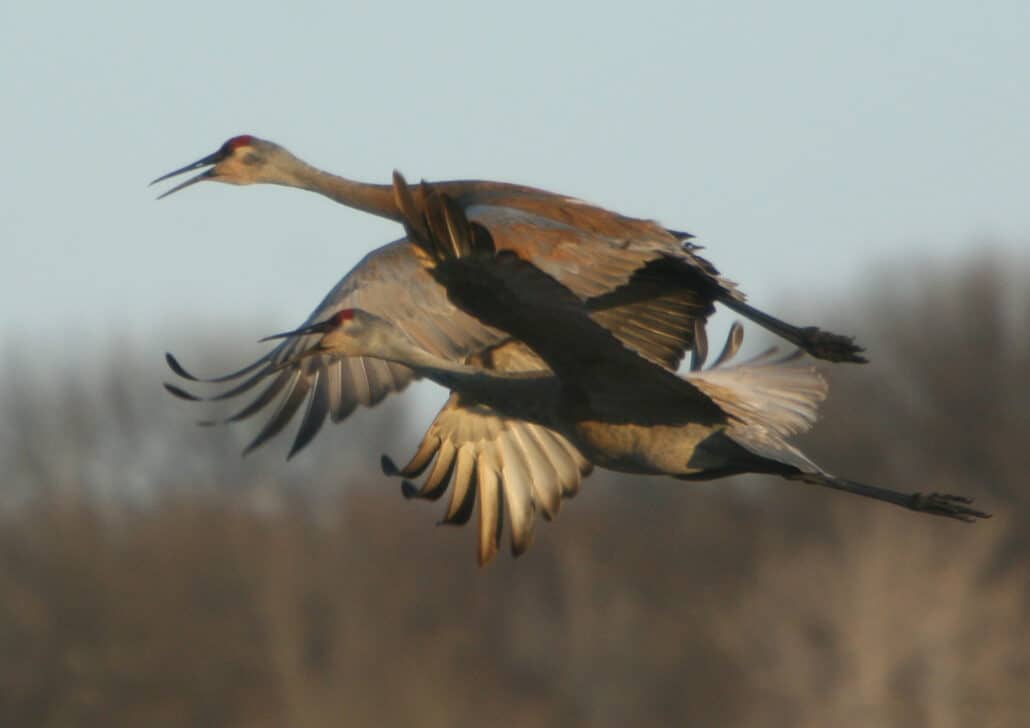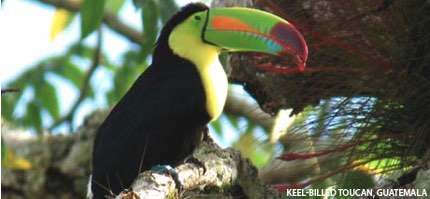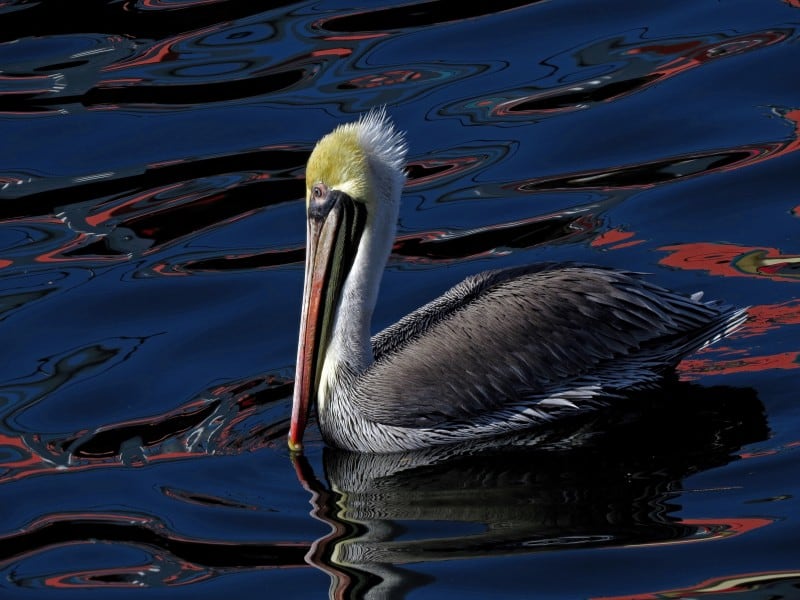Old Man Winter comes to Tennessee with a vengeance some years bringing much colder temperatures and more precipitation than on average, but many winters are mild throughout. December through February is the winter for birds. And when the winters are more severe unusual birds may be driven from the North and show up here. Be on the lookout at your feeders and for area reports of birds we don’t normally see. Pine siskins, purple finches, evening grosbeaks, and even snow buntings can occur. Your regular feeder birds, the Carolina chickadee, tufted titmouse, house finch, and downy and red-bellied woodpecker, will welcome them. Dark-eyed juncos and white-throated sparrows frequent the ground below or a tray feeder you may be supplying with seed.
The results of the Audubon Christmas Bird Counts can give you a good idea of “what’s shaking” in your area and across the state, bird-wise, as the season begins. You can find an archive of past counts on the National Audubon Society’s website. Only some preliminary results of the current year may be reported but the previous year’s data, and the entire history, are there for you to use.
The big show in Tennessee in winter are the ducks and geese on the lakes and rivers. The variety and numbers are sometimes impressive. Look for ring-necked duck, lesser scaup, bufflehead, and hooded and red-breasted merganser. You’ll find pied-billed grebe and American coot in the same places. The large herring gull may also be seen on water nearby in several plumages, and the ring-billed may be seen anywhere including shopping mall parking lots.
American bald eagles visit the state in good numbers, and a few stay here to breed. A great way to see eagles is to go on a bird club field trip or agency-guided tour to Reelfoot Lake in West Tennessee or Dale Hollow Lake in north-central Middle Tennessee in January or February.
With its relatively moderate winters, Tennessee attracts many birds from the North to make a short migration to the South while they wait out the extreme weather. The hermit thrush, eastern bluebird, northern flicker, eastern towhee, and song sparrow are among these. A bird we see today, in January, a bluebird for example, may be a short-range migrant and not the bird we saw last summer. Our bird may be even further south.
One of our most beautiful ground-feeding birds is the eastern towhee. Although they are typically fairly wary, in winter they can often be spotted by listening for their loud scratching and rustling through dry leaves in woods and brushy areas. The bird’s pattern of dark above and lighter below with white tail corners is striking, and the black hooded male and the brown hooded female seen together in contrast are always a treat. Feeding on the ground in our occasional snow cover they are even more impressive. Some do regularly come to tray feeders.
While trying to spot a rustling towhee a birder might be surprised to find the much less common fox sparrow, with its reddish back and heavy streaks on the underside. Winter is the prime time for this bird and many of the other sparrows to be found in the state. Primarily because they are generally thought to be drab and known to be difficult to identify, the sparrows are among the last group of birds most watchers attempt to learn. But for some, no better day can be had than to move through brushy fields and along the margins scouting up the “little brown jobs.” The Savannah, swamp, white-throated, white-crowned, and, rarely, Le Conte’s and American tree sparrow, can be found and sorted out. They join the year-round species, the field and song sparrows, which may be seen on a day in the field or even at the feeder.
Winter is probably the best time to add to your understanding of what attracts birds to your window, yard, or garden. Try adding different types of feeders and new and different food. Experiment with the locations of feeders and note the results. A resident bird—a mockingbird or woodpecker—you have never seen at your feeders might become a regular. Find time to simply sit and watch your feeders for most of a day and see what surprises you might have been missing. An evening grosbeak or pine siskin could just show up.
Many fruit-eating birds have made Tennessee their winter home because our shrubs and fruiting trees survive through winter and carry their fruit through to spring. That is until robins, grackles, and cedar waxwings get onto them. Sometimes flocks, even in late winter, will sweep back through trees that one would have thought were already picked clean, finding whatever morsels they can. White-breasted nuthatches and kinglets pick through what still hangs in the fruit orchards with success.
It seems that more and more reports of wintering hummingbirds are coming in each year from across the state. With our mild winters it is possible to leave the nectar feeders out for most of the cold months, especially if they are hung in a protected area like under the eave of a building. A light bulb can be an effective heater overnight and it is important to keep the liquid from freezing if a bird is feeding. The rufous hummingbird is now reported statewide each winter and many of the other western species such as the Anna’s and the Allen’s hummingbird have appeared as well. If a late or wintering hummer visits your yard let the local bird club know and they will contact the bird banders.
As the season draws to a close, and the weather warms, eastern screech- and great horned owls have already begun to nest. Their calls may be heard, even in the city, on cold February nights. Spring is not far away.




